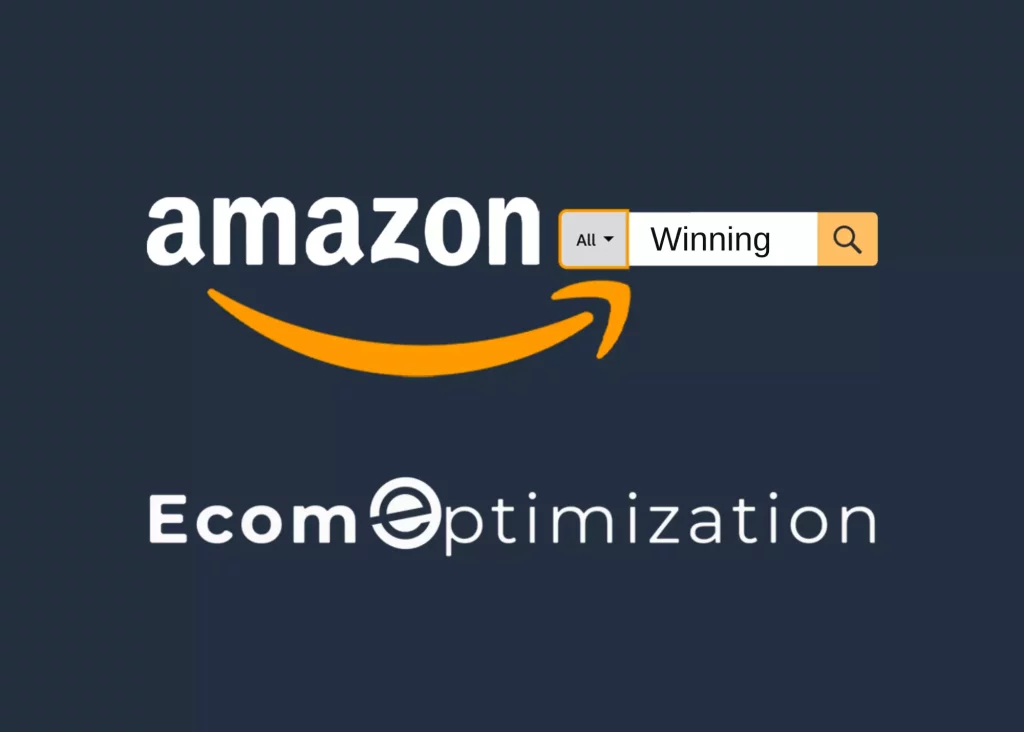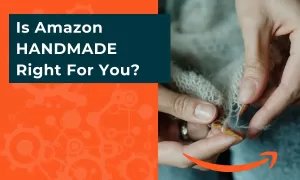Hijacker Alert! Reclaim Your Amazon FBA Listing with This Step-by-Step Guide To Take Down Unauthorized Sellers in 2023
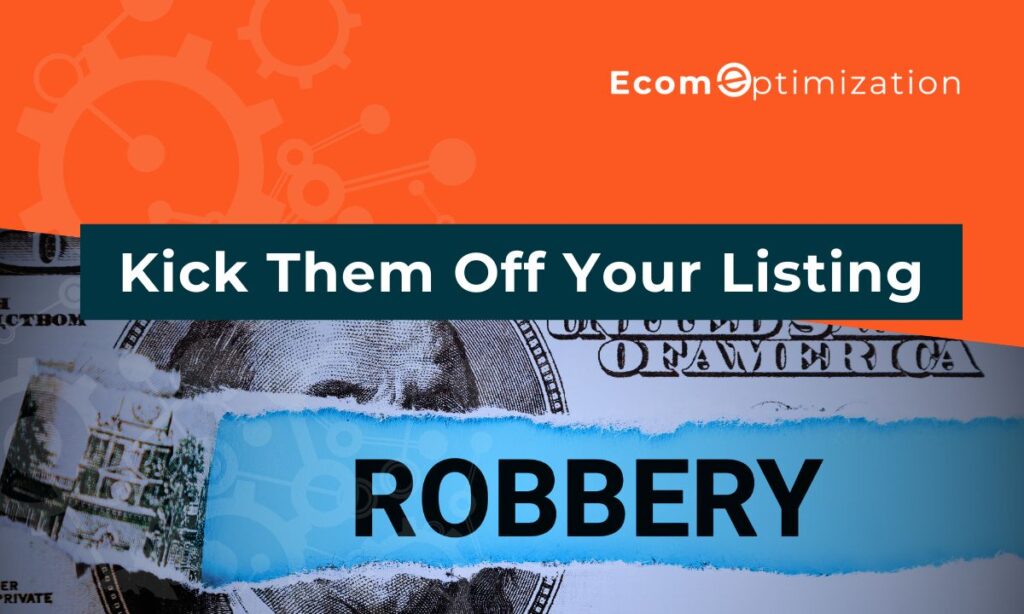
If you have unwanted sellers on your Amazon listings, you are in the right place. In this article, we give you a comprehensive step-by-step guide on how to effectively remove Amazon FBA hijackers and piggybackers in 2023.
We have firsthand experience successfully dealing with Amazon hijackers and piggybackers since 2015. So, let’s dive in and regain control of your Amazon listing!
Jump To Section
The Amazon FBA (Fulfillment by Amazon) program has revolutionized the way small businesses operate, providing them with the ability to leverage Amazon’s massive customer base and streamlined logistics system. However, this success has come with a price, as hijackers have appeared on the platform as a result.
These hijackers target established Amazon listings, duplicate them, or begin selling a counterfeit version of your products (either under the same Amazon listing, or a new Amazon listing) undermining the business’ customer trust and reputation.
As customers receive counterfeit products instead of what was advertised, they lose trust in the business and may never return to purchase again.
Preventing Amazon hijackers and removing them as soon as possible is crucial for the success of Amazon FBA sellers – because even just one hijacker can have severe negative consequences on a business.
Understanding the Difference: Hijackers vs. Piggybackers
Before diving into the solutions, it’s crucial to grasp the distinction between hijackers and piggybackers.
Hijackers are individuals or sellers who reproduce counterfeit products and/or sell your Branded products without authorization. On the other hand, piggybackers engage in arbitrage, buying products from retail stores and reselling them on Amazon. These sellers compete on your Amazon listing for the Buy Box.
While piggybackers operate within legal boundaries, Amazon hijackers infringe upon your intellectual property rights. Identifying the type of unauthorized seller you’re dealing with is the first step toward an effective resolution.
Signs of a Hijacked Amazon Listing
A hijacked Amazon listing is when an unauthorized third party gains access to a seller’s account and changes the product information on an Amazon listing.
The price suddenly drops or increases significantly.
The product description starts to include unrelated keywords or information that were not previously there.
The hijacker may also change the product images or add new ones.
Hijackers may also alter the seller’s name and contact information to make it seem like they are the ones selling the product.
This type of activity can seriously hurt the original seller’s business.
Step 1: Identify the Hijacker

Visit your Amazon listing and identify the unauthorized seller. Look for changes in the product title, new sellers appearing on the Amazon listing, or any signs of unauthorized competition.
Step 2: Contact the Unauthorized Seller

To start the removal process, click on the hijacker’s brand name on the Amazon listing. This will direct you to the seller messaging assistant. Ask a question related to the product or express concern about the unauthorized seller’s presence. Be firm and assertive, but also professional in your communication.
Step 3: Craft an Effective Message

Compose a message to the unauthorized seller, asserting your rights as the legitimate owner of the product. Mention your trademark and emphasize that the product is exclusively authorized for your own brand only. Warn the hijacker that if they do not remove their Amazon listing within 24 hours, you will report them to Amazon for infringing on your trademark.
See section (below) on Cease And Desist letters.
Step 4: Place a Test Order

If the hijacker does not comply with your initial message, proceed with a test order. Purchase the product directly from the unauthorized seller, ensuring it is shipped to your address.
This test order serves as evidence to support your case against the hijacker.
For details see section (below) titled “How To Gather Evidence To Support Infringement Claims”.
Step 5: File a Report to Amazon

With the test order in hand, it’s time to take action against the hijacker. File a report with Amazon (steps below). Provide all the necessary evidence to prove that the unauthorized seller is selling a fake or inauthentic product. Include a detailed comparison between your genuine product and the hijacker’s product, highlighting the differences. For additional details see section (below) titled “How To Gather Evidence To Support Infringement Claims”.
Cease and Desist! Simple Steps for Amazon Brand Managers
Disclaimer: Please note that Ecom Optimization does not provide legal advice and the following information is solely intended for informational purposes. Ecom Optimization is not responsible for any legal outcomes or consequences resulting from the use of this information. It is highly recommended that you seek professional legal advice before taking any actions or making any decisions based on the information provided.
Now, about Cease and Desist letters…
Cease and desist communications are not just a formality, but a strategic approach to address unauthorized sellers and protect your brand from potential harm. Here are a few reasons why they are crucial:
Stopping Unauthorized Sales: The primary objective of a cease and desist communication is to clearly instruct unauthorized sellers to stop selling your product. By making your stance explicit, you assert your rights and minimize the risk of further unauthorized sales.
Reasons Behind the Cease and Desist: It is essential to outline the reasons why sellers must cease selling your product. This typically revolves around the “first sale doctrine”, which states that the rights of the brand owner are exhausted after the initial authorized sale. This is designed to allow purchasers of products the ability to resell them after purchase. In this case, the brand owner retains rights because a “first sale” has not happened. By educating sellers about this doctrine, you create awareness and discourage further infringement.
Crafting an Effective Cease and Desist Communication
Now that we understand the importance of cease-and-desist communications, let’s explore how to create an effective one. Consider the following key elements:
Clarity and Directness: Your communication should leave no room for ambiguity. Clearly state that the seller must cease selling your product, making your expectations known upfront.
Explain the Reasoning: Educate the unauthorized seller on the first sale doctrine and why their continued sales infringe upon your rights as a brand owner. Ensure you have a legitimate ground, such as warranty clauses, quality control issues, or exclusive post-sale services that third-party sellers cannot provide. This will form the basis for your brand protection efforts. By providing a logical explanation, you increase the chances of compliance.

Offer Amicable Resolution: Instead of simply threatening the seller, provide them with an opportunity to voluntarily remove the Amazon listing or engage in dialogue to find a mutually beneficial resolution. Amazon sellers are often savvy businesspeople who may prefer to resolve issues amicably.
Set Firm Deadlines: Every cease and desist communication should include a clear deadline by which the seller must either cease selling the product or initiate communication with you. Adhere to the deadline and follow up accordingly, as failure to do so may undermine your credibility and brand protection efforts.
Courtesy and Respect: While firmness is essential, it’s crucial to maintain a professional tone throughout the communication. Treat the unauthorized seller with courtesy and respect, as it can contribute to a more positive and cooperative response.
By implementing these top tips, you can effectively address unauthorized sellers, protect your sales, and consumers, and maintain your brand’s reputation on Amazon.
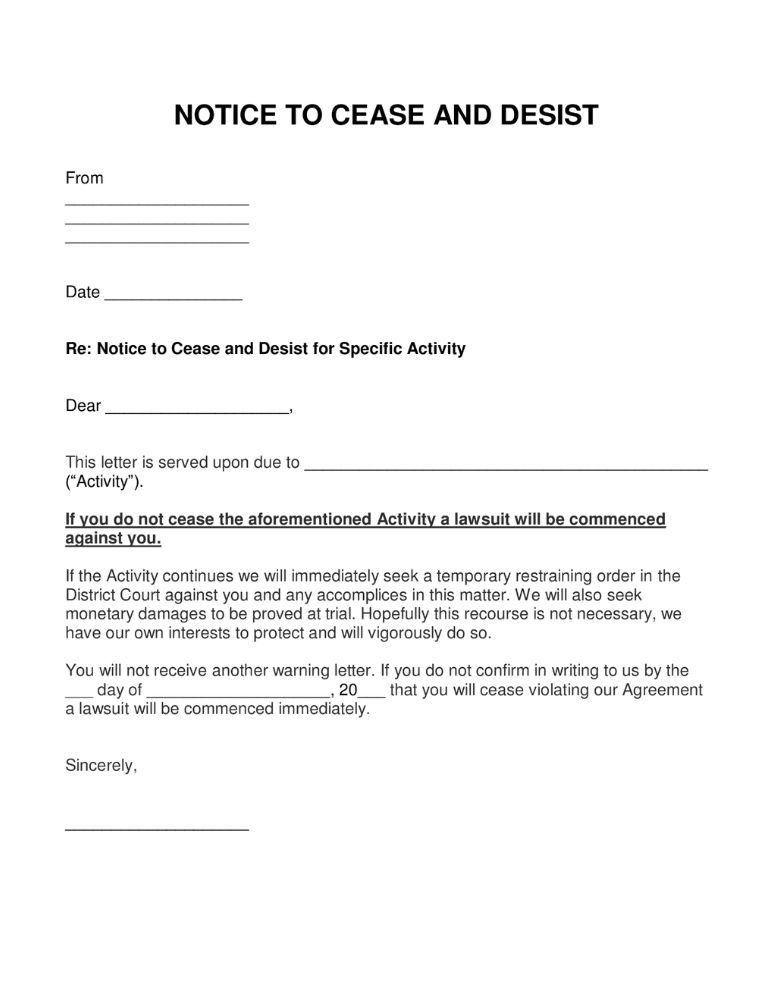
How To Gather Evidence To Support Infringement Claims

When documenting and gathering evidence to support your claims against hijackers on Amazon, consider the following steps:
Take screenshots: Capture screenshots of the hijacked listings, clearly showing the unauthorized sellers and their prices. Ensure the screenshots include the product title, seller name, and pricing information.
Maintain purchase records: Keep a record of your own purchases of your product, including order numbers, dates, and quantities. This establishes your ownership and the authenticity of your product.
Monitor customer feedback: Pay attention to customer reviews, ratings, and comments related to the hijacked listings. Look for instances where customers express concerns, or leave negative reviews about receiving a counterfeit product.
Engage with customers: Respond to customer inquiries and negative reviews regarding the hijacked listings or counterfeit product. Keep a record of these interactions as they can serve as evidence of the unauthorized activity affecting your brand and customer satisfaction.
Note seller information: Gather information about the hijackers, such as their seller names and profiles. This information can be useful when reporting the infringement to Amazon.
Keep communication records: If you engage with the hijackers directly, make sure to save any emails, messages, or other communication exchanges. These can provide valuable evidence of their unauthorized use of your brand and products.
Monitor online marketplaces: Check other online marketplaces, such as eBay or Walmart, to see if the hijackers are selling your products there as well. Take screenshots and gather evidence from these platforms as well.
By diligently documenting and gathering evidence, you will have a strong foundation to support your claims when reporting hijackers to Amazon. This evidence demonstrates the infringement, protects your brand, and increases the chances of a successful resolution.
Steps For Reporting Hijackers To Amazon
Log in to your Amazon Seller Central account: Access your Amazon Seller Central account using your credentials.
Go to your Seller Central Account, and click on “Help” in the top right corner of the screen. A box will pop up where you can click “Need more help?” at the bottom.

On the next page select “Selling On Amazon”
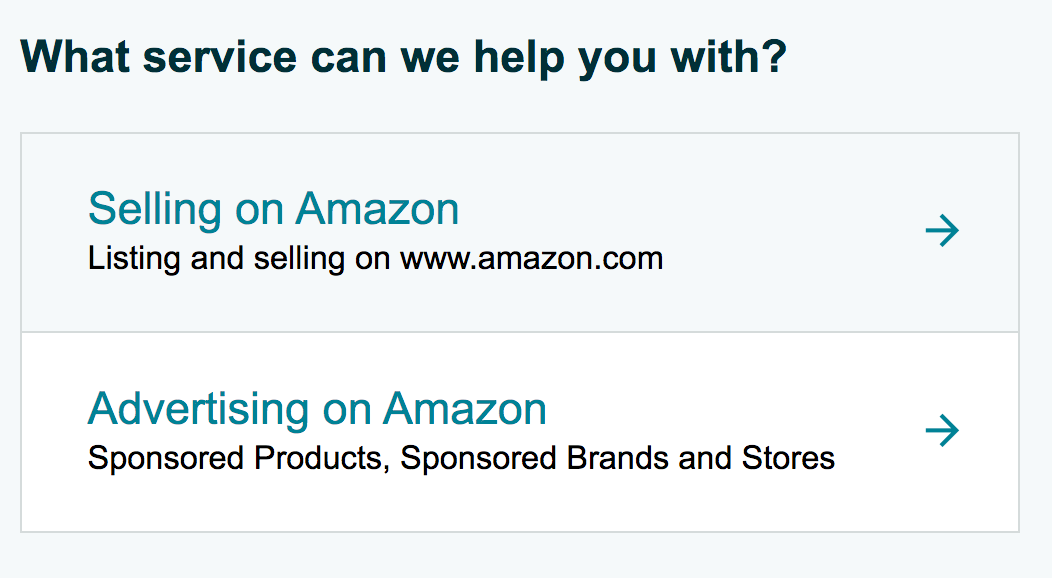
From this point, you will provide detailed information as Amazon prompts you.
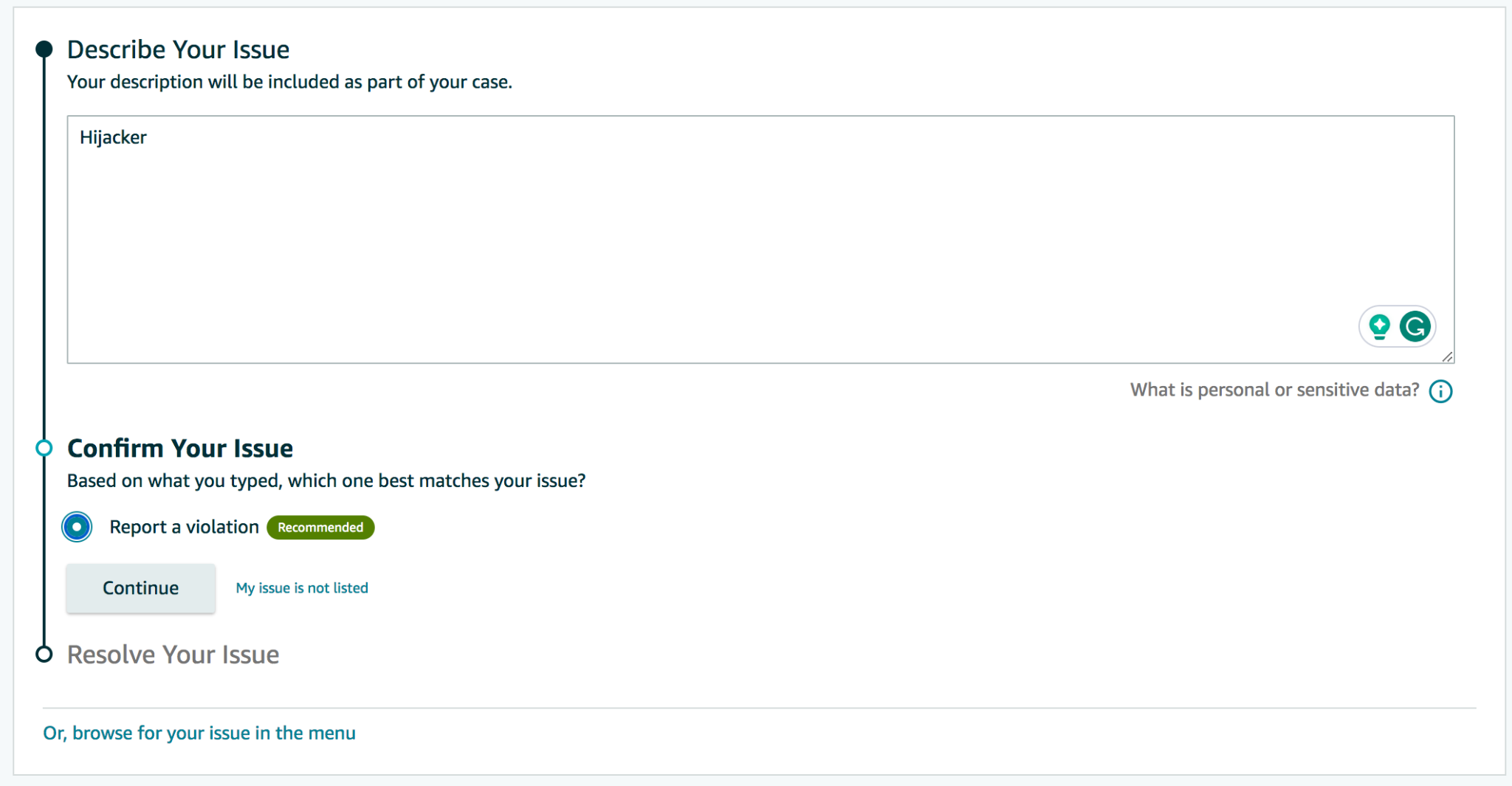
Or, you can try the direct link to your Amazon Brand Registry page for Violations:
https://brandregistry.amazon.com/brand/report-a-violation

Provide detailed information: Fill out the required fields in the reporting form. Be as specific as possible when describing the infringement and provide accurate information about the hijackers, including their seller names, ASINs, and any other identifiers you have gathered.
Attach supporting evidence: Use the “Add Attachment” or similar option to upload the evidence you gathered. Attach screenshots, purchase records, customer feedback examples, and any other relevant documentation that strengthens your case.
Submit the report: Review the information you provided, ensuring its accuracy and completeness. Click on the “Submit” or “Send” button to send the report to Amazon’s support team.
Follow up if needed: Keep track of your communication with Amazon and follow up if necessary. If you don’t receive a response within a reasonable time, consider reaching out again to ensure your case is being addressed.
Remember to remain professional and provide factual information when reporting hijackers. Clear and compelling evidence increases the likelihood of Amazon taking appropriate action against the infringing sellers and protecting your brand and products.
BONUS: Set Up Alerts
To effectively combat hijackers, you need to be aware of their presence as early as possible. Many Amazon dashboards, such as Helium 10 alerts, notify you when unauthorized sellers are detected on your Amazon listing.
Helium 10 is an all-in-one software suite for Amazon sellers that provides a wide range of tools and features to help them optimize their sales and profits.
One important feature of Helium 10 is its hijacker alert system, which helps sellers protect their listings from unauthorized third-party sellers who may try to steal their sales and damage their reputation.
The hijacker alert system works by monitoring the seller’s ASINs for any changes in seller information or unauthorized additions to the Amazon listing that could indicate the presence of a hijacker.
If any suspicious activity is detected, the seller is immediately alerted via email or SMS and can take quick action to protect their Amazon listing and regain control of their sales. By using Helium 10’s hijacker alert system, Amazon sellers can ensure that their listings remain secure and their profits are protected from unauthorized third-party sellers.
Regardless, of whether you choose Helium 10 or another product, consider a dashboard for your Amazon seller account to stay on top of this crucial step in protecting your business.
By the way, we set up dashboards like these as part of our Amazon Sales on Autopilot System. Reach out for a discussion about what this system can do for you!
Interesting Data: The Impact of Hijackers on Brand Owners
According to recent surveys conducted by Amazon seller communities, hijackers remain one of the top concerns for Brand Owners. Reports suggest that hijackers can cause a significant drop in sales, as customers become confused by multiple offers on a single Amazon listing. Moreover, the presence of unauthorized sellers erodes consumer trust and dilutes your brand’s value. It’s essential to tackle this issue promptly and assertively.
Strategies for Kicking Hijackers Off Your Amazon Product:

Maintain a Trademark: Registering your brand’s trademark adds a layer of protection against hijackers. It establishes your ownership and legal rights over your product.
Monitor Your Listings: Regularly monitor your Amazon product listings for unauthorized sellers. Be vigilant and look out for sudden increases in competition or suspicious pricing.
Establish a Brand Registry: Enroll your brand in the Amazon Brand Registry program, to enjoy additional tools and support to protect your intellectual property. This program empowers you to take action against hijackers more effectively.
Gather Evidence: Collect as much evidence as possible to support your claim against hijackers. This can include screenshots of your original, product photos, packaging, and any communication with unauthorized sellers.
Tips for Protecting Your Amazon Products

1. Strengthen packaging differentiation and labeling to deter counterfeiting:. By making packaging and labeling unique, it becomes more difficult for counterfeiters to replicate the same product and pass it off as authentic. This can include using holographic labels, tamper-evident seals, and other security measures that make it more difficult to reproduce the packaging and labeling. Additionally, using unique designs and packaging materials can also make it easier for customers to identify authentic products.
2. Utilizing Amazon’s Transparency program for product authentication: More details in the section below titled “What Is Amazon Transparency Program?”
3. Building a loyal customer base through exceptional service and engagement: Engage with them by listening to their feedback and engaging (via your Amazon Brand Registry), responding to their questions, and offering them personalized solutions that address their specific needs. With a loyal customer base, you can expect increased sales, repeat business, and positive reviews that attract new customers, and differentiates your business from your competitors.
What is Amazon Transparency Program?
The Amazon Transparency program is a proactive solution developed by Amazon to address the issue of counterfeit goods. It provides a means for sellers to guarantee the authenticity of their products by affixing unique Transparency Code Stickers on each item’s packaging. These codes can be scanned by customers to verify the product’s authenticity, making it easier for them to differentiate genuine products from counterfeits.

How does Amazon Transparency work?
Once enrolled in the program, sellers can create individual Transparency Codes for their products. These Transparency Codes are then provided to manufacturers, who incorporate them into the packaging during the production process. The unique nature of the codes ensures that each product can be easily identified and verified.
Customers can use the Amazon shopping app or a dedicated Transparency app to scan the Transparency Code Stickers. Upon scanning, they will see a green check mark if the product is deemed authentic. This visual confirmation gives customers confidence in their purchase and helps eliminate any concerns about counterfeit products.
Furthermore, Amazon itself utilizes the Transparency Code Stickers within its fulfillment centers. By scanning the codes, Amazon ensures that counterfeit goods are not inadvertently distributed from its warehouses. This dual-layered approach reinforces the integrity of the Amazon marketplace and protects customers and sellers alike.
Benefits of the Amazon Transparency Program:

Enhanced customer trust: By participating in the Transparency program, sellers can provide a higher level of assurance to customers that they are purchasing genuine products. This strengthens customer trust and encourages repeat purchases.
Counterfeit prevention: The Transparency Code Stickers act as a deterrent for counterfeiters, as the risk of exposure and subsequent repercussions are significantly higher. This discourages the sale of counterfeit goods on the Amazon platform.
Supply chain visibility: Enrolling in the Transparency program allows sellers to gain insights into their supply chain. By tracking the distribution of their products through the Transparency Code Stickers, sellers can identify any vulnerabilities or potential leaks in the supply chain, streamlining their operations and reducing the risk of counterfeit infiltration.
Seamless reporting of counterfeit products: If sellers encounter a counterfeit version of their products being sold by other sellers, they can perform a test buy and check for the presence of the QR code. The absence of the code indicates a counterfeit item. Sellers can then report the violation to Amazon, leading to the necessary actions against the infringing seller.
Conclusion
Removing Amazon hijackers involves following a step-by-step guide that includes several important processes. First, you need to identify the counterfeit seller and gather evidence to support your claim.
Then, you can submit a report to Amazon through their Seller Central platform and try to engage in dialogue with the counterfeit seller. If this doesn’t work, you can escalate the issue to Amazon’s support team, who will investigate the claim and take necessary action.
Throughout this process, it’s important to maintain detailed records, document all communication, and remain persistent in your efforts to protect your business and customers. Following these steps can help you successfully remove hijackers from your Amazon listings and ensure that you’re able to continue running a successful and profitable business.
FAQs:
Q: How can I distinguish between hijackers and legitimate sellers?
A: Hijackers typically sell identical products with similar packaging and branding. They often offer lower prices to attract customers away from your Amazon listing. Legitimate sellers, on the other hand, may engage in arbitrage and sell the same product, but they won’t reproduce your private label item without authorization.
Q: What legal rights do I have against hijackers?
A: If you have trademark protection for your private label product, you possess legal grounds to defend against hijackers. However, proving that hijackers have reproduced your product can be challenging, as Amazon lacks mechanisms to verify such claims. Thus, it’s crucial to strategize and employ effective methods to tackle hijackers.
Q: How does Amazon view hijackers and piggybackers?
A: Amazon’s primary focus is on customer experience. While they recognize the challenges posed by hijackers, Amazon’s policies tend to favor customer satisfaction and low prices. As a result, removing hijackers from your Amazon listing can be a complex process, requiring careful navigation of Amazon’s guidelines.
Q: Do I need to be enrolled in Amazon Brand Registry to remove hijackers?
A: No, brand registration is not a requirement to remove hijackers. The process stated above can be followed regardless of whether you are in Amazon Brand Registry or have a trademark.
Q: What if the hijacker does not respond to my message or remove their Amazon listing?
A: If the hijacker does not comply within 24 hours, proceed with the test order. Once you receive the product, use it as evidence to file a report with Amazon. Amazon takes hijacking seriously and will take
Q: How do I enroll in the Amazon Transparency program?
A: To enroll in the program, visit the Amazon Transparency page and follow the instructions provided. You will need to provide some information about your products and your business.
Q: Can I choose which products to enroll in the program?
A: Yes, you have the flexibility to select specific products or enroll your entire catalog. Each product requires a separate QR code.
Q: How do customers scan the QR codes?
A: Customers can use either the Amazon shopping app or the Transparency app to scan the QR codes. They simply need to open the app, select the QR code scanning option, and aim the camera at the QR code on the product’s packaging.
Q: What happens if a counterfeit product is detected?
A: If a customer or seller discovers a counterfeit product without a valid QR code, it can be reported to Amazon. Amazon will investigate the matter and take appropriate action, including shutting down the infringing seller.
Q: How long should a cease and desist communication be?
A: Ideally, a cease and desist letter or communication should be concise and to the point. Aim for a length that clearly communicates your message without overwhelming the recipient. Typically, a well-written communication can be accomplished within a few paragraphs.
Take the Next Step Toward Unlocking The Power Of Amazon
If you’re looking to get more money from your Amazon efforts, hiring an expert is your best bet. Or Amazon Account Management Agency will work with you on so much more than just protecting your brand and product listings.
Daily management covers optimization of your ad campaigns, decreasing your advertising cost of sales (ACoS), and boost Sales Conversions, all while taking advantage of Amazon’s highly-effective Enhanced Marketing to grow Organic Attraction.
In other words, if you sell on Amazon (or want to) you can’t afford to not be leveraging experienced Account managers to your benefit.
ECOM OPTIMIZATION Amazon Account Management can help you to build an effective strategy that aligns with your unique brand needs.
Using a hands-on, human-led approach, we’ll help you get more from your Amazon sales channel, so you can enjoy more growth for your business in less time.
Ecom Optimization Amazon Account Management is here to Help
Ecom Optimization is a full-service Amazon Account Management Agency. Our team consists of specialists in all areas of Amazon optimization and management.
When you look at the many ways that Ecom Optimization Account Management can help you grow your brand on Amazon, you’ll see why selling on Amazon becomes headache-free with Ecom Optimization:



